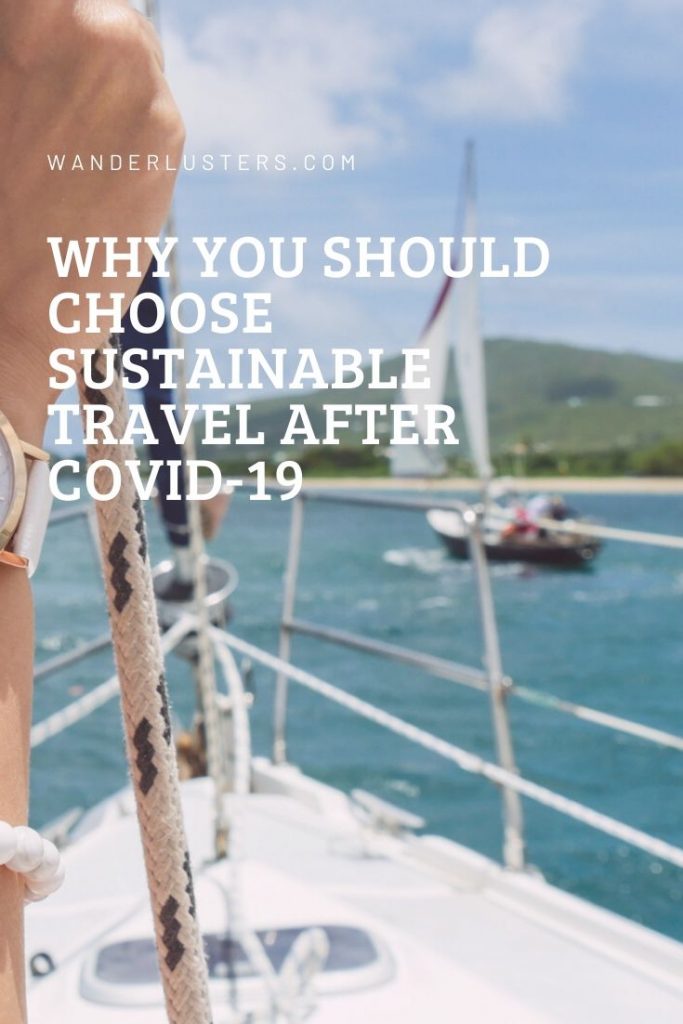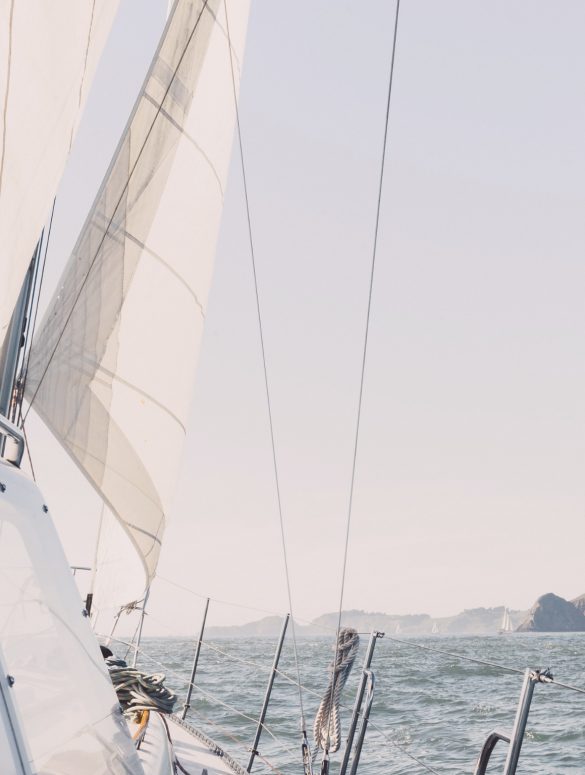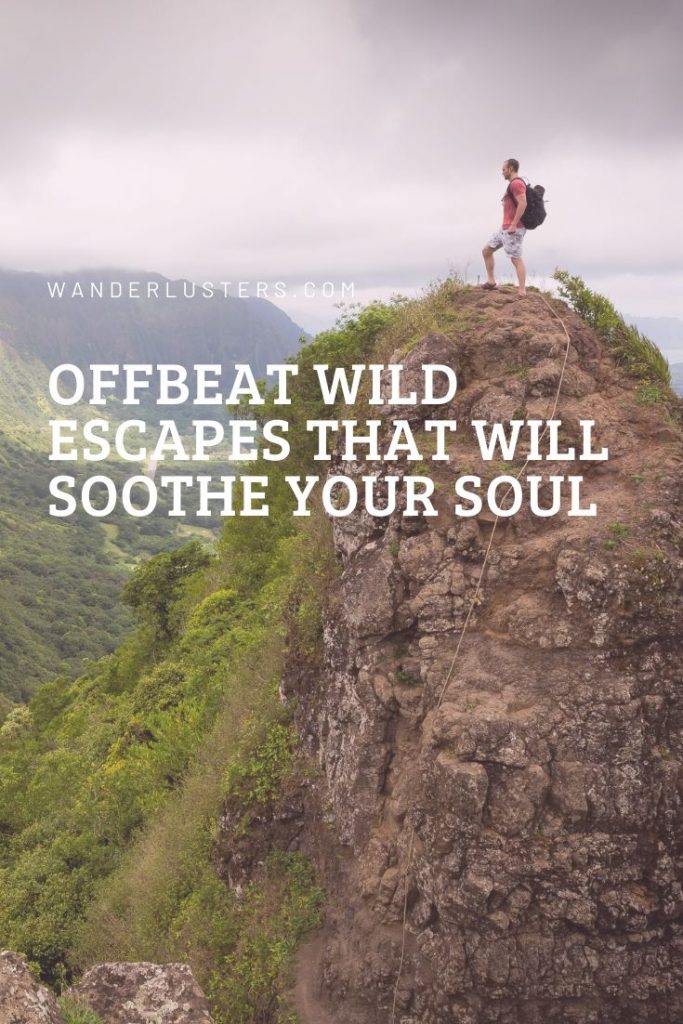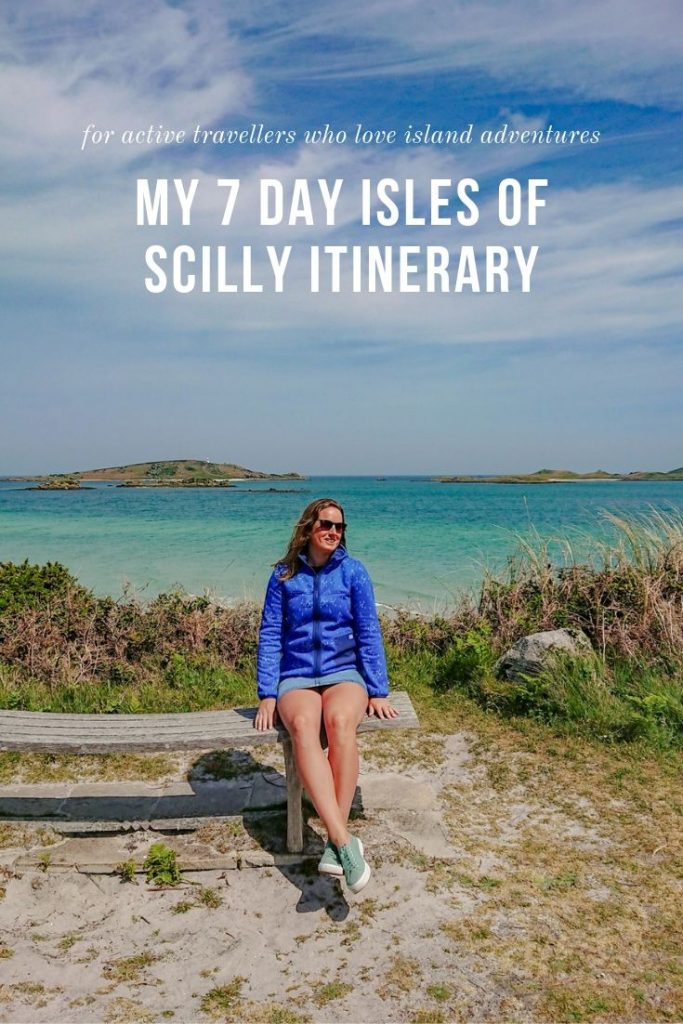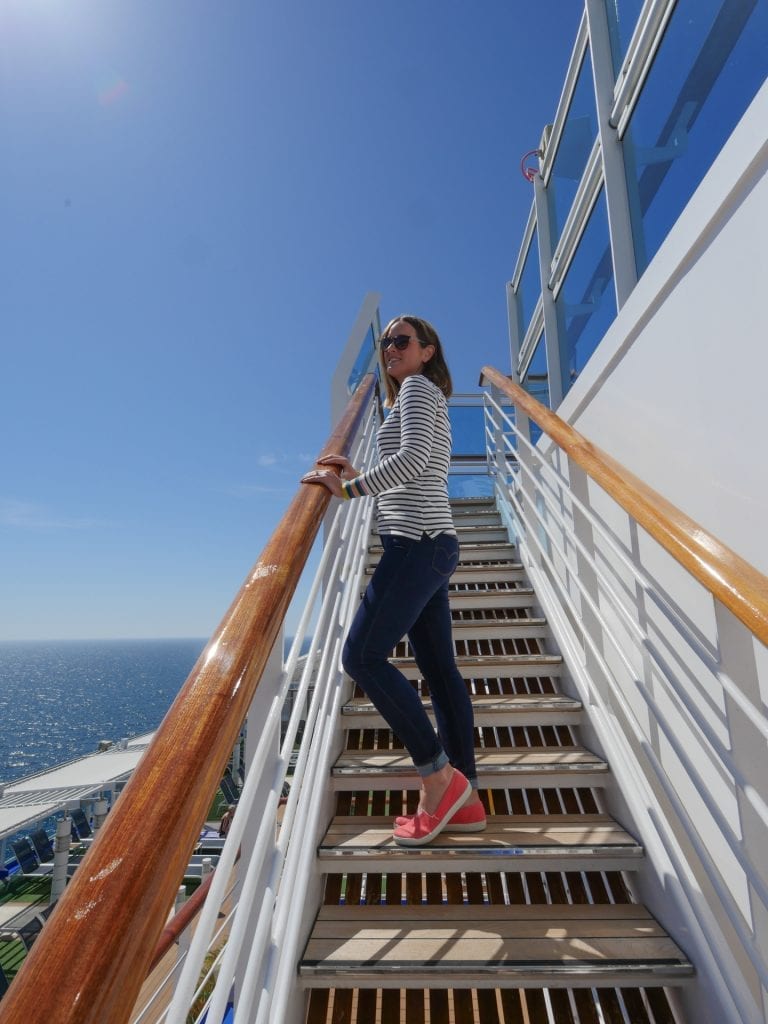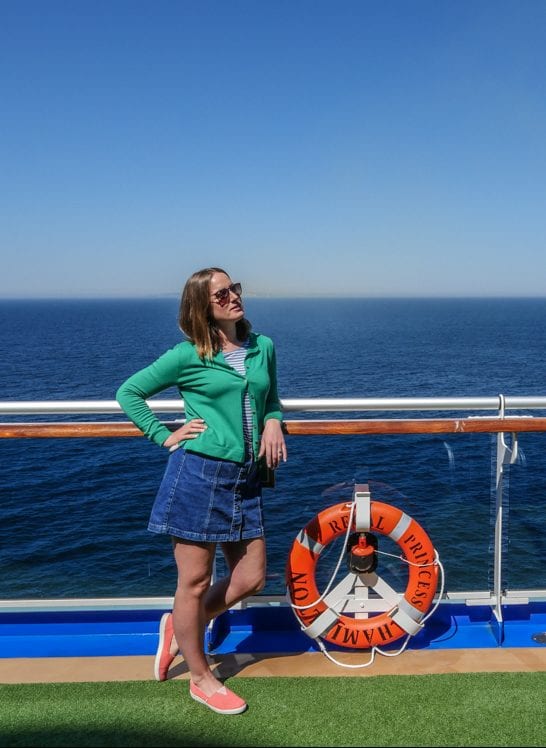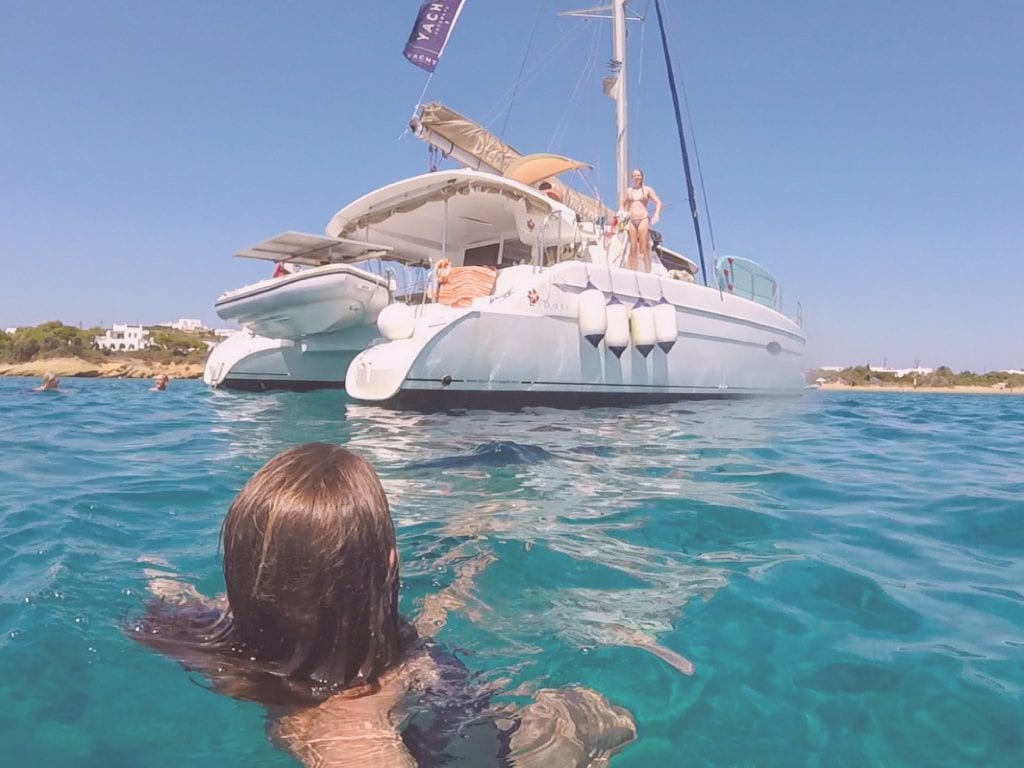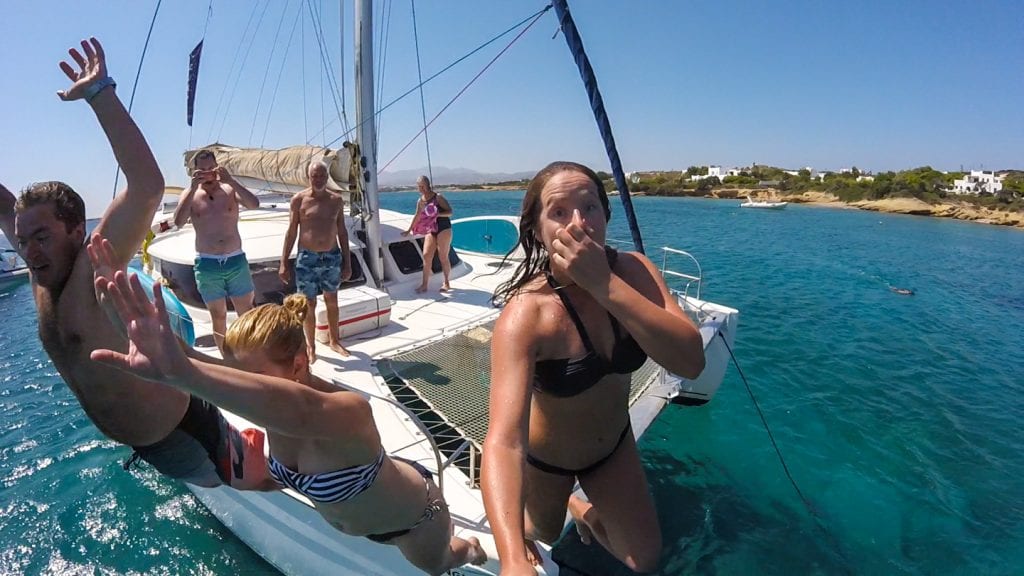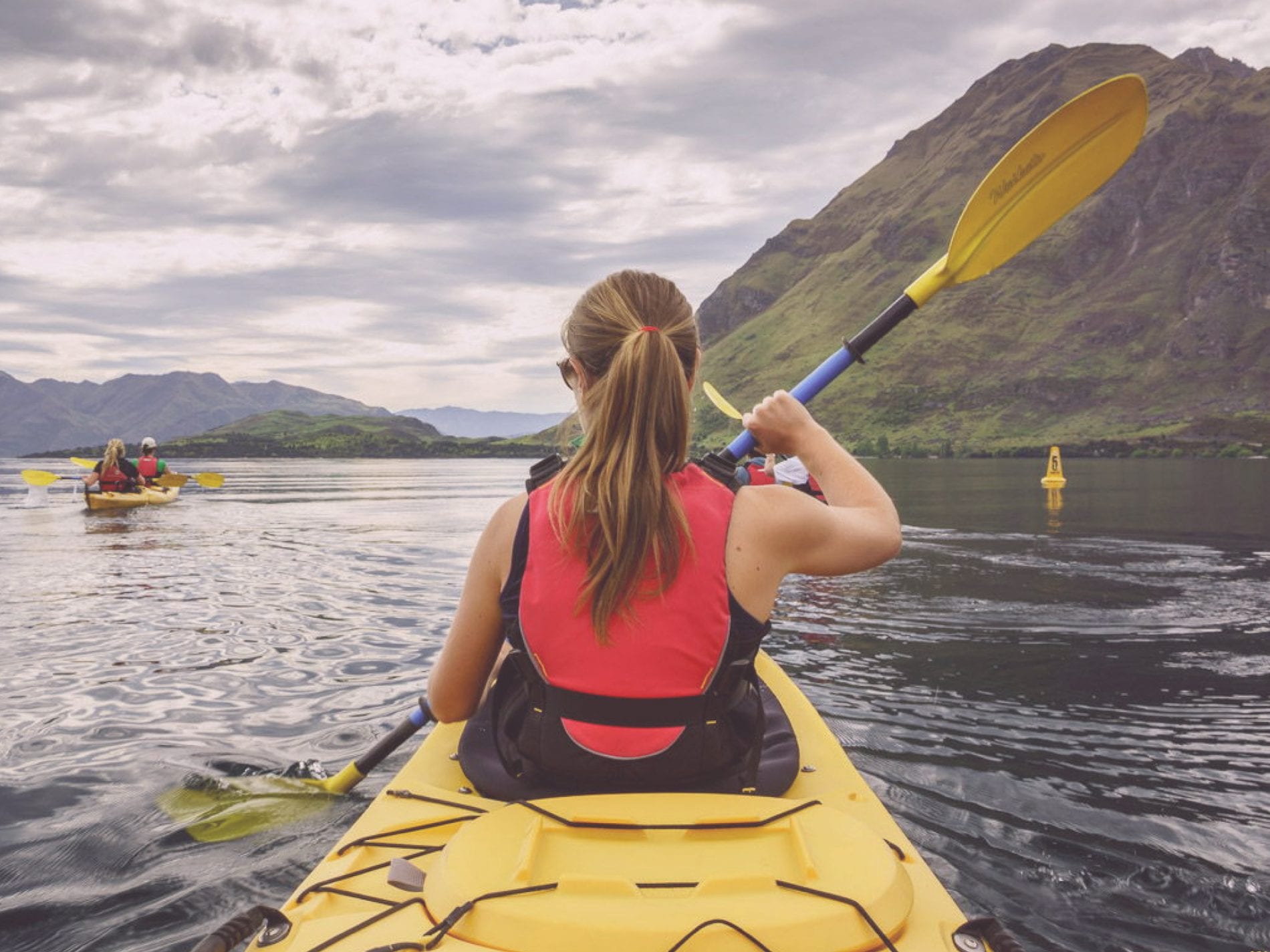Changes to the way we plan vacations are inevitable after the COVID-19 pandemic. The travel bans and movement restrictions currently in place will leave a lasting effect on the travel industry and perhaps encourage a shift in the way travellers approach planning their trips.
Will the coronavirus pandemic change the face of tourism?
In case you’ve been living under a rock, here’s how the pandemic unfolded:
The coronavirus first appeared in December 2019 in China. By early spring the virus had spread across the globe with popular tourist destinations in Europe, the UK and the US among the worst hit. COVID-19 emerged at the height of the winter cruise season and cruise ships were suddenly being turned away from ports through fear of the virus spreading. It’s something we wouldn’t have envisaged a year ago, but already people are looking for alternatives such as sailing holidays and hiking trips that embrace the concept of slow and sustainable tourism.
Slow and sustainable tourism will be a key trend in the future
The focus on sustainable tourism and travelling at a slower pace was already gathering momentum in 2018 and 2019 thanks to environmental concerns about the carbon footprint of travel. If we look back to the events of early spring 2020 it’s easy to understand why this movement will be a key focus for travellers booking holidays once the pandemic is over.
For example, will travellers be less likely to book stays at large resorts? Several guests at the Costa Adeje Palace in Tenerife tested positive for COVID-19 in February 2020 forcing hundreds of staff and guests into quarantine for 14 days.
Airlines were also hit. Many smaller companies like Flybe went into liquidation, countries closed borders, and flights were grounded to limit the spread of COVID-19. On a brighter note, air pollution was massively reduced thanks to the drop in emissions due to these cancellations.
Read more sustainable travel itineraries from Wanderlusters
Cruise ships vs sailing trips
Cruise ships
Recent developments have put many would-be-cruisers off booking for next year. The impact on shipping has been enormous. Cruise ships were refused access to ports, and one Japanese doctor described conditions aboard the Diamond Princess as a “corona mill”. Some of the more prominent stories to hit global news include:
I joined the crew of Princess Cruises on their Baltic Explorer Route in 2018. It was my first and only experience of cruising. Read my trip report here.
- Diamond Princess – owned by Princess Cruises. Quarantined off Yokohama for almost one month with 3,700 staff and passengers on board. 700 people tested positive for COVID-19 and ten died
- MS Westerdam – owned by Holland America Lines. Refused permission to disembark at Guam, the Philippines and Japan
- Zaandam – another Holland America cruise ship reported four deaths among elderly passengers. A further 73 passengers and crew members were reported to have flu-like symptoms as of March 30
Modern ships can accommodate many thousands of passengers and staff, but when it comes to viral infections the relative overcrowding of such a small space is an issue as it is almost impossible to avoid contact with others.
Furthermore, on a day-to-day basis cruise ships are responsible for serious health and environmental pollution and there are usually hundreds on the world’s oceans at any given time. It seems obvious that wind-powered sailing boats are a far better option, both for long vacations and short breaks.
Sailing boats
I’ve spent time sailing in Croatia, Greece, and the Caribbean and can highly recommend it as a sustainable vacation option.
Today, people want a solution that delivers a great break but with much less risk to their health and the natural world. The most searched-for vacation as of February 2020 was the sailing holiday. Not only do yachting holidays promote travel at a slower pace than the port-to-port dash of cruise ships, but they are also among the most sustainable forms of travel.
Many of the best sailing destinations are much closer than you might imagine. Rent a sailboat with Zizoo and you can access some of your chosen region’s remote beauty spots in a more secure and sustainable way.
Advantages of choosing sailing holidays include:
- Your own space to enjoy as a couple, with family, or with friends
- No need to share the deck with strangers
- Plan your own trip – visit secluded beaches, quaint fishing villages and local restaurants
- A sustainable option with a much lower carbon footprint
- Access to out of the way “secret” places
How to travel sustainably in 2021
Getting back to nature has never seemed more attractive and now more than ever travellers will be looking for itineraries that avoid crowded places. Walking, cycling and mountaineering breaks in the countryside or wilderness will appeal to families and sports enthusiasts alike. However, sailing boats are the smart alternative to cruise ships and yachting holidays can be enjoyed by every age group.
Visit secluded coves and beaches, dock at a smart marina or visit ancient ruins at your convenience. With a boat at your disposal, you can select less busy times or more out of the way places with ease. Yachts can be chartered with or without a captain from reputable companies like Zizoo. With space for two to twelve, you can keep numbers down as you explore some of the world’s most naturally beautiful places with your family and friends.
INSPIRED? PIN THIS POST TO YOUR SUSTAINABLE TRAVEL PINTEREST BOARD NOW!
